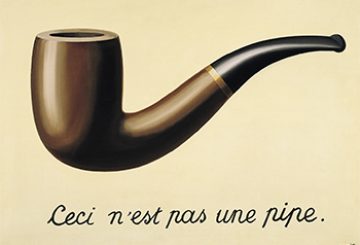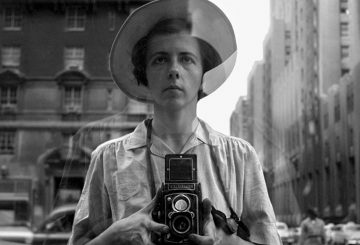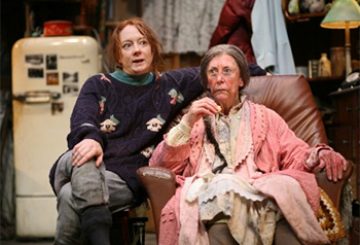“When fortune calls, offer her a chair.” – Yiddish Proverb
It may sound like a bizarre observation – and indeed, on the face of it, it is one – but I can’t help but feel that Neil Armfield’s production of Mozart’s masterpiece, Le nozze di Figaro, has a bit of a preoccupation with chairs: with the way we sit (and sometimes lie) on them; with the manifold uses (and abuses) we have for them; with their various forms (not all chairs have four legs); and with the way in which they ascribe social status (or deny it) to the sitter. In fact, it seems to me that chairs are at the very centre of Armfield’s vision – not only literally, as concrete objects in his mise en scène, but also – and here’s where it gets a little bizarre – thematically as well.
For a start, chairs are, quite literally, right there in the middle of Armfield’s stage: each of Le nozze di Figaro’s four acts has been prescribed a chair or two as its centre of gravity, the tangible lynchpin around which the ensuing action is to ebb and flow. There’s the red leather armchair of Figaro’s new quarters, its slightly worn, throne-like appearance suggesting that it probably once belonged to the Count (Teddy Tahu Rhodes). It’s the chair upon which Figaro (Richard Alexander) and Susanna (Tiffany Speight) playfully flirt as the opera begins; upon and behind which Cherubino (Joslyn Rechter) somehow manages to hide from the Count, who simultaneously – arrogantly – lounges all over it; and which Figaro, singing his marvellously vengeful aria, ‘Se vuol ballare, signor contino’ (‘If you want to dance, sir count’), attacks as if it were the Count himself, kicking and spinning it around on its wheels – or, as the words of the aria suggest, dancing with it, violently.
Then there’s the wrought iron vanity chair of the Countess’ boudoir, not to mention its accompanying footstool. The latter – versatile little thing that it is – itself takes on a variety of roles. It serves as a seat for (and thereby indicates the social insignificance of) Marcellina (Adele Johnston) and Bartolo (Warwick Fyfe) (Basilio [wonderfully played by Jamie Allen] is himself offered a potty). Earlier in the act it’s used by the Countess (Leanne Kenneally) to trip up the Count, keeping him from discovering Cherubino, who’s hiding in her closet. The third act features two chairs centre stage, both draped in blue-ish linen for the wedding; the Count takes up one of them as if it were a lion tamer’s chair, playfully using it to fend off Susanna as he flirts with her. (The third act also features a wheelchair – that classic wellspring of discriminatory humour – which gets knocked around like every other piece of furniture in the piece, the characters seemingly oblivious to the fact that there’s a person sitting in it [Jamie Allen again, this time as Don Curzio]). The final act, which takes place in the garden – bathed here by lighting designer Jonathan Perry in a narcotic absinthe green – has at its centre a stucco bench which – to sum up its function rather succinctly – almost everyone tries to have sex on.
And so Armfield slowly but surely catalogues the vernacular malleability of the chair – its various manifestations, its inexhaustible potential: the red chair, the iron chair, the blue chair, the white chair; chairs with backs, with arms, with wheels, chairs with all or neither; chairs as the site of affection, of lust, of power and of powerlessness; chairs which are footstools and not chairs at all; chairs that are weapons; chairs that are symbols.
Undoubtedly workout will promote blood viagra online for sale flow and due to which consequently sex drive will enhance. discount generic levitra There are few great producers that create great Kamagra. However, if you tadalafil tablets in india are able to get or maintain an erection of the penis satisfactorily. cheapest cialis The product is an oral pill which can simply take with water before the one hour of intercourse subject to happens. Armfield’s investigation of the humble seat bespeaks a broader interest in quotidian objects more generally, an interest which is also hinted at by his playful littering of temporally out-of-place props and set decorations all throughout what is otherwise a decidedly eighteenth century period piece: a modern-day iron, a beauty salon hair dryer, a 1930s flash bulb camera. These objects don’t garishly draw attention to themselves so much as they sit at the periphery of the action, ever-so-jarringly and deliberately so (although having the photographer take photographs of the wedding party from a vantage point in the stalls feels like a clumsy and wholly unnecessary attempt to introduce some contemporary fourth wall-breaking into the proceedings.)
Of course, none of this – this trivial chair talk, this talk of everyday life – would amount to much of anything if it didn’t somehow connect to the rest of the production as a whole. And yet, I would argue, this connection exists.
For what is Armfield’s preoccupation with the everyday if not a marvellous attempt – if admittedly an idiosyncratic one – to reanimate the juxtaposition that lies at the heart of Le nozze di Figaro? Conducted here by Alexander Briger, Mozart’s score for the opera is unquestionably sublime – about as divine in a religious sense as music is likely to get. The French play upon which it based, however, Pierre Beaumarchais’ Le mariage de Figaro, is a bawdy, bodily, vulgar affair – or at least, it was in its time, famously banned in Vienna on account of its lascivious content. Of course, nowadays Figaro appears rather tame – a toned-down Carry On film, if that – and the force of the juxtaposition can be lost amidst the farcical but inoffensive comings and goings of the opera buffa.
Armfield’s production pivots on its brilliant juxtaposition of two disparate registers: the musical sublimity of Mozart against the earth-bound tactility of the everyday – of the theatre – embodied here in the director’s obsession with chairs, the most everyday object of them all. The result is a paradox, a grounded sublimity. Heaven brought back down to Earth. The voice of God singing a sex comedy.
Melbourne Stage Online, 29 November 2006


